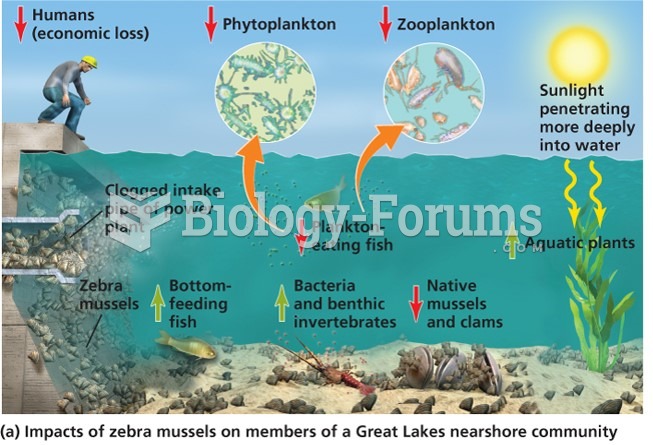This topic contains a solution. Click here to go to the answer
|
|
|
Did you know?
Colchicine is a highly poisonous alkaloid originally extracted from a type of saffron plant that is used mainly to treat gout.
Did you know?
Most strokes are caused when blood clots move to a blood vessel in the brain and block blood flow to that area. Thrombolytic therapy can be used to dissolve the clot quickly. If given within 3 hours of the first stroke symptoms, this therapy can help limit stroke damage and disability.
Did you know?
Lower drug doses for elderly patients should be used first, with titrations of the dose as tolerated to prevent unwanted drug-related pharmacodynamic effects.
Did you know?
By definition, when a medication is administered intravenously, its bioavailability is 100%.
Did you know?
There are more bacteria in your mouth than there are people in the world.
 This engraving by William Russell Birch shows Congress Hall (left), which was occupied by Congress f
This engraving by William Russell Birch shows Congress Hall (left), which was occupied by Congress f
 Senator Joe McCarthy and his aide Roy Cohn (left) listen to testimony at the Army-McCarthy hearings ...
Senator Joe McCarthy and his aide Roy Cohn (left) listen to testimony at the Army-McCarthy hearings ...





